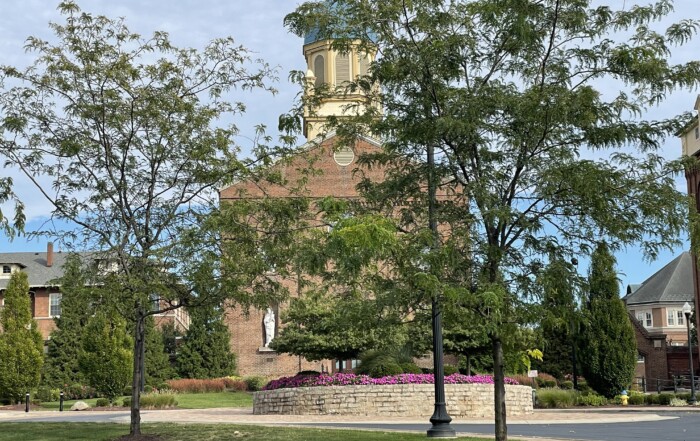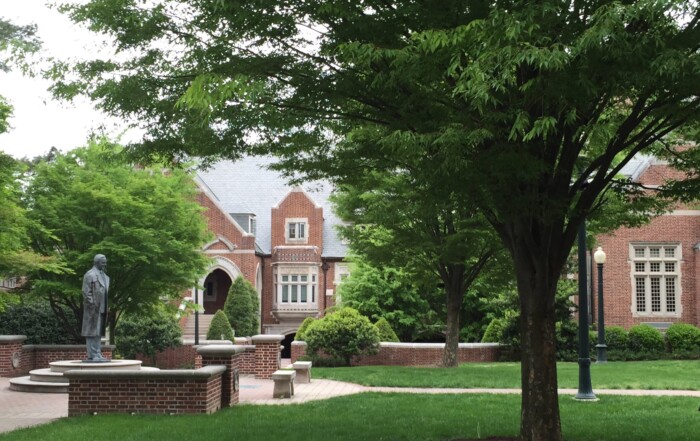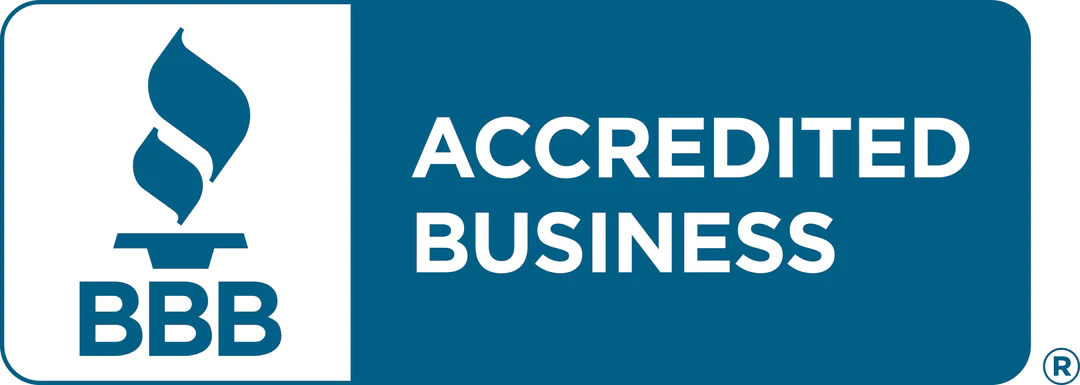College Admissions Tips and Guidance
Mining the Data: Retention & Graduation Rates

Explore Our Articles
Recent Posts
Popular Categories
Get In Touch
On Social
By Phone or Text
(617) 734-3700
By Mail or Email
1678 Beacon Street
Brookline, MA 02445
By Form
Educational Advocates
Our objective is to guide the family in finding options where the student will not only get admitted, but thrive and find success once on campus.
Mining the Data: Retention & Graduation Rates
As a high school student evaluating colleges, it is challenging to interpret the available data in a way that is relevant to you personally. So here we take a close look at retention and graduation rates and some of the reasons behind the numbers. The freshman retention rate indicates the percent of enrolled freshmen that return for their sophomore year. The 4- and 6- year graduation rates are just what they sound like: they indicate the percent of students who earned a degree within 4 years or 6 years (this is different from average time to graduation).
Sample College Retention & Graduation Rates:
| COLLEGE | 4-Year Graduation Rate | 6-Year Graduation Rate | Freshman Retention Rate |
|---|---|---|---|
| University of Maryland, College Park | 63% | 84% | 95% |
| University of Vermont | 57% | 76% | 86% |
| Tulane University | 60% | 76% | 90% |
| Harvard University | 88% | 97% | 97% |
| Bowdoin College | 89% | 93% | 97% |
| Union College, NY | 80% | 88% | 92% |
The chart above shows rates for a range of schools—large and small public universities and private liberal arts colleges and universities—all representing different levels of admission selectivity.
Let’s start with the two public universities. The University of Maryland College Park has an impressive freshman retention rate—it only loses 5% of its freshman. This suggests that students are generally happy with their first year experience and that the college is doing a good job helping them transition to college. The average SAT scores and the overall admission rate of 47% suggest that admitted students are prepared for college-level work which may be why so many of them succeed and return for the second year.
College Preparation and High Cost
The University of Vermont does not return quite as many sophomores as seen by their retention rate of 86%. Since the state of Vermont produces a small population of high school graduates each year (only 26% of UVM students are from Vermont), UVM depends on students from out of state. UVM has an acceptance rate of 74% so they admit more applicants with a lower high school average GPA than Maryland does. This might partly explain the rates—some of these students may not be ready for college-level work. But there may be other reasons as well such as the cold weather or the cost. The cost of attendance at the University of Vermont for out-of-state students before aid is $48,654 compared to $44,645 at Maryland. While a $4000 per year difference may not sound like much, you can also see from the chart that only 76% of UVM students are earning a degree within 6 years compared to 84% for Maryland, so some students are spending additional time on campus to get their degree. That gets expensive. So some may drop out or transfer to a public university in their own state where the cost will be much less. Also, the state of Vermont has a high percentage of low-income families, so some in-state students may also need to leave school because they cannot afford it or need to work to save money to finish paying for college. This is not uncommon at many public universities.
Hurricanes, Five-Year Programs and Mardi Gras

Tulane University
Tulane, a mid-sized private university, has better retention and similar graduations rates to those of UVM. It admits 27% of applicants so one would think students would be well prepared academically. What else might be going on with Tulane? One factor is Hurricane Katrina, which disrupted the education of many Tulane students and would still be reflected in the 6-year graduation rate. Tulane also has a 5-year architecture program so a percentage of the student body is not eligible to graduate in 4 years. Other reasons for the lower rates may be cost and the fact that most Tulane students come from more than 500 miles away and some may choose to transfer to a college closer to home. While Tulane’s party school reputation is fading, its location in New Orleans and social atmosphere may not be the best fit for all students.
Top Students and Generous Aid
It’s not surprising that Harvard and Bowdoin have the best rates on this chart. Both colleges admit students who are at the top of their high school class. Both colleges offer need blind admission and meet 100% of financial aid with grants that do not need to be paid back (with Harvard being even more generous than the formulas require). So with strong students who have less of a need to worry about paying for college strong rates are expected. However, even at these colleges not everyone graduates within 4 years. It is important to remember that at all colleges, life issues arise—medical and mental health leaves, family crises and the like. Still others change majors late or drop out completely (think Bill Gates and Mark Zuckerberg)—even at elite selective colleges.
Liberal Arts College Support
Our last college is Union College in New York, which boasts impressive numbers suggesting happy students who are academically prepared as well as strong advising and programming. Union admits 37% of applicants and considers ability to pay when reviewing applicants. It does not meet 100% of need but it does offer merit awards to high achieving students (which can make the total cost very reasonable). It may attract a more affluent student who does not need to worry as much about paying for college. Its success may also speak to the personal education found at a liberal arts college. Professors know their students and provide support, catching them before an academic issue becomes an irreversible problem. Students may also find a small campus easier to navigate when they need academic or personal assistance.

Union College
Budget Cuts and More!
Factors such as state budget cuts can make it hard for students to get classes and therefore increase time to degree. This has been an issue in the state of California in recent years. There are many explanations for data so it is important not to jump to conclusions or rule out a potentially good fit just based on numbers. But be sure to talk with your college consultant or guidance counselor to get the facts.
Learn more ways to evaluate colleges by reading these related articles:
- College endowments
- Desired Outcomes
- How To Evaluate Fit (against your own criteria)








